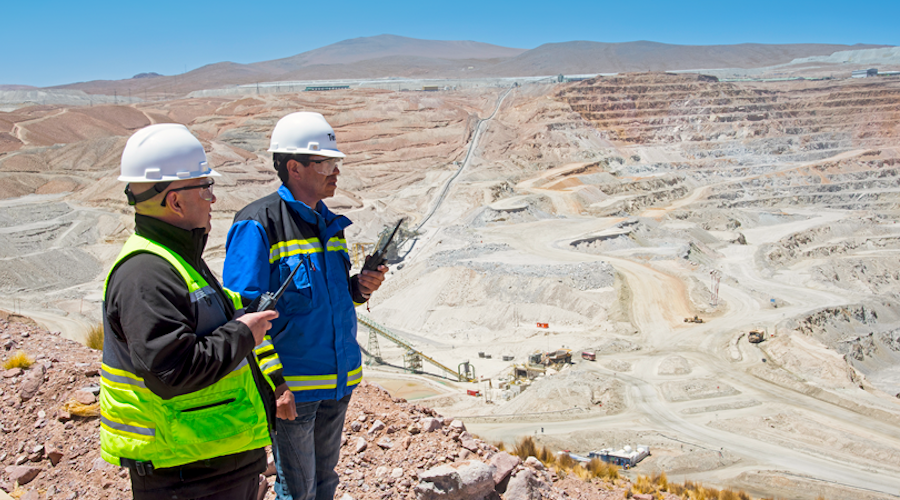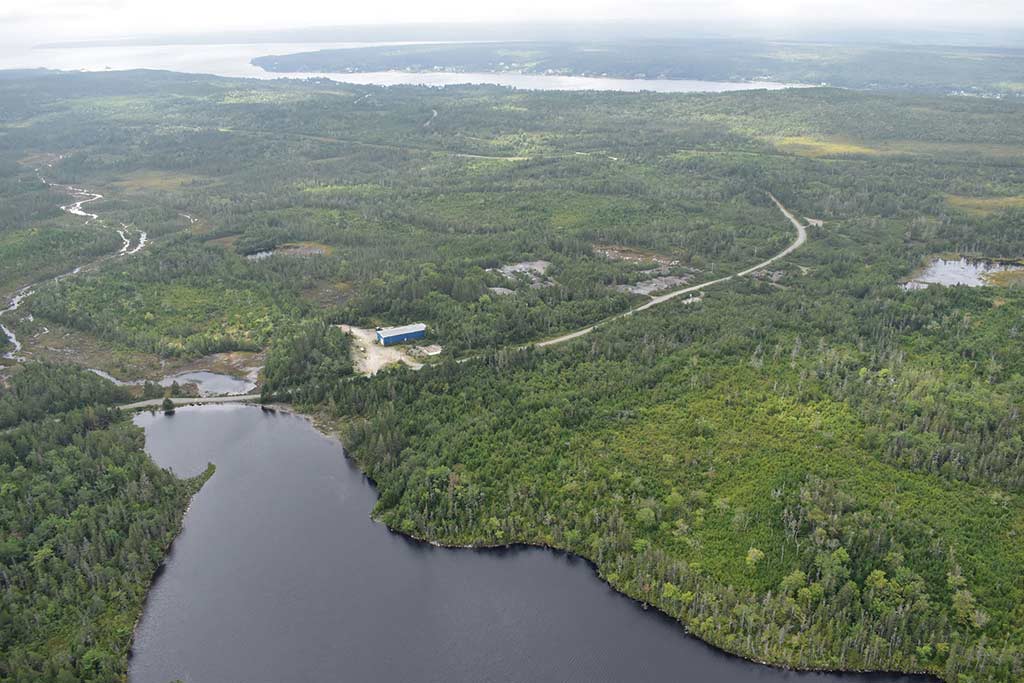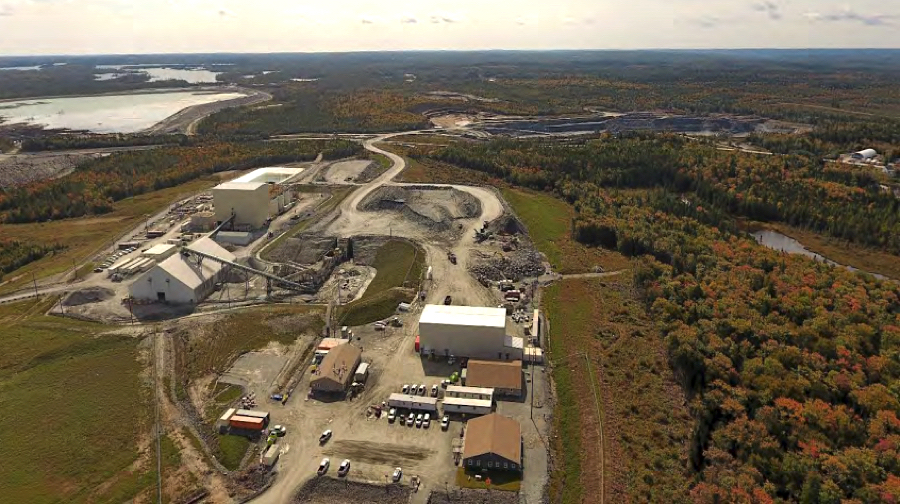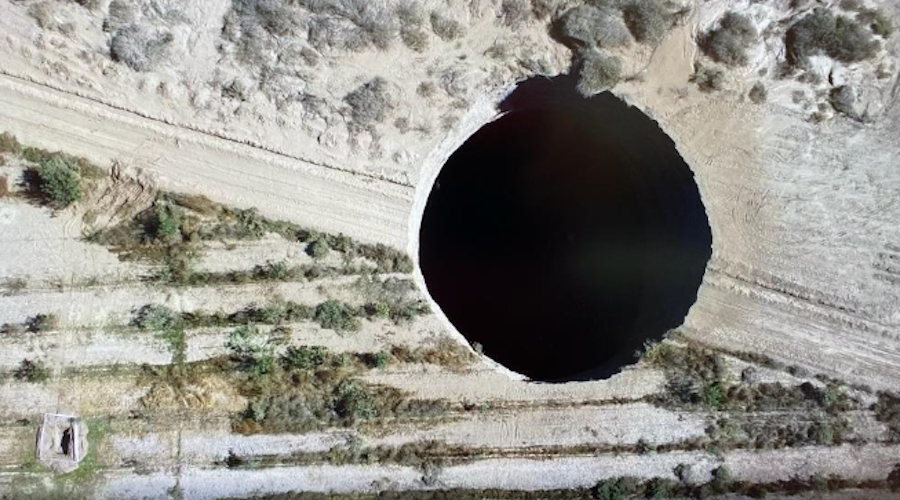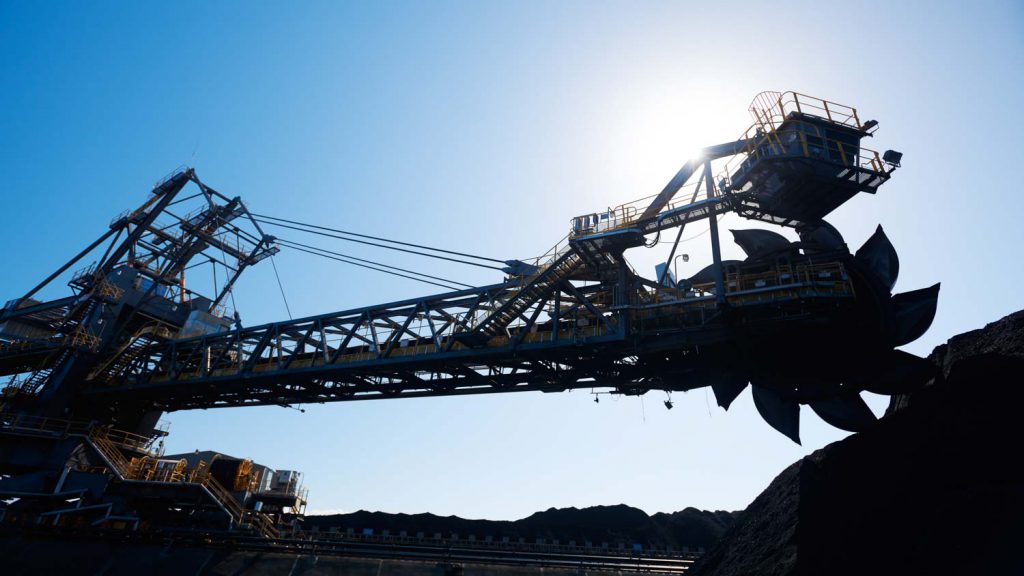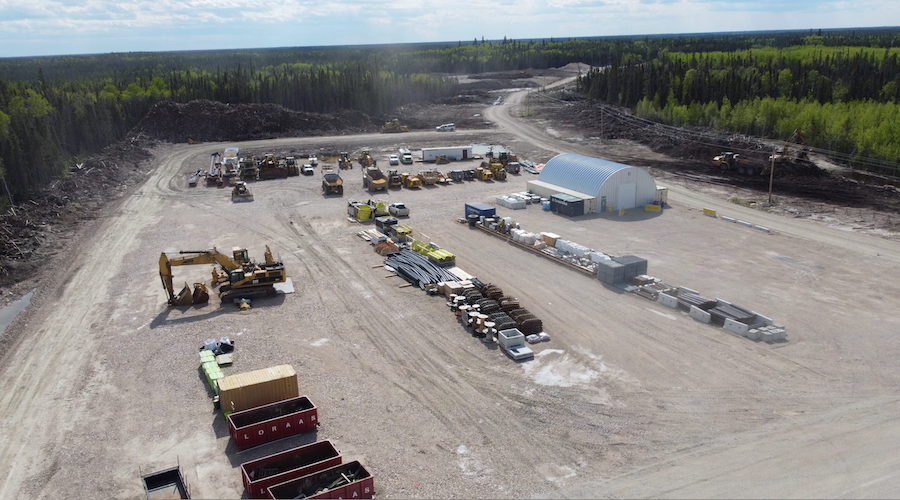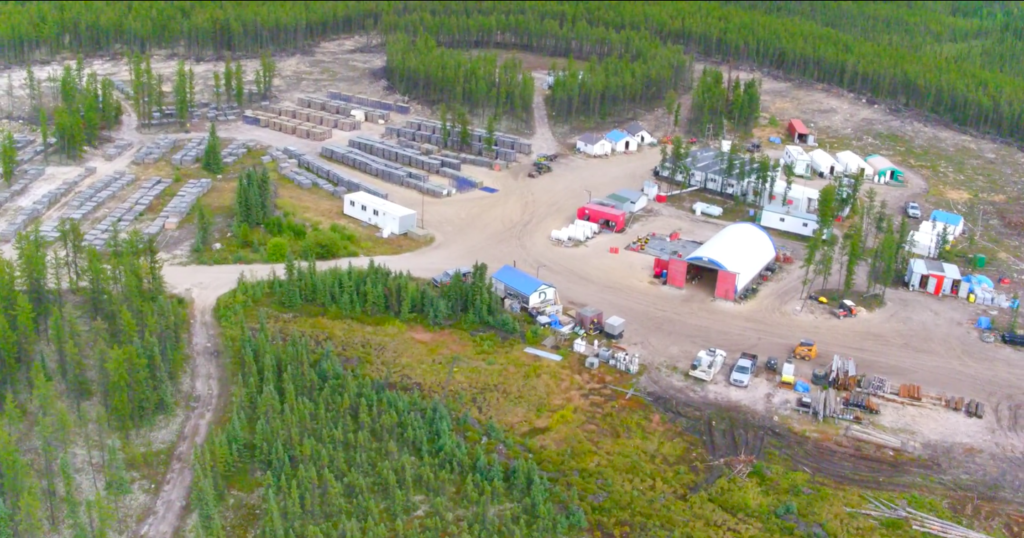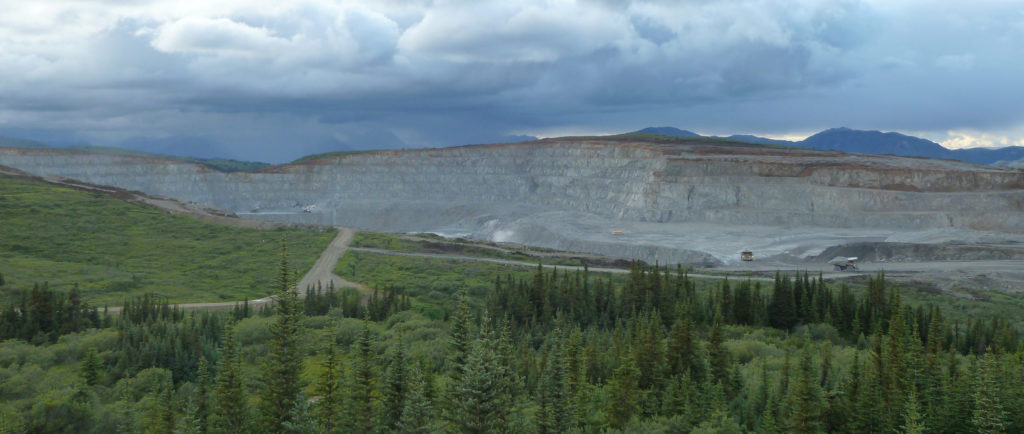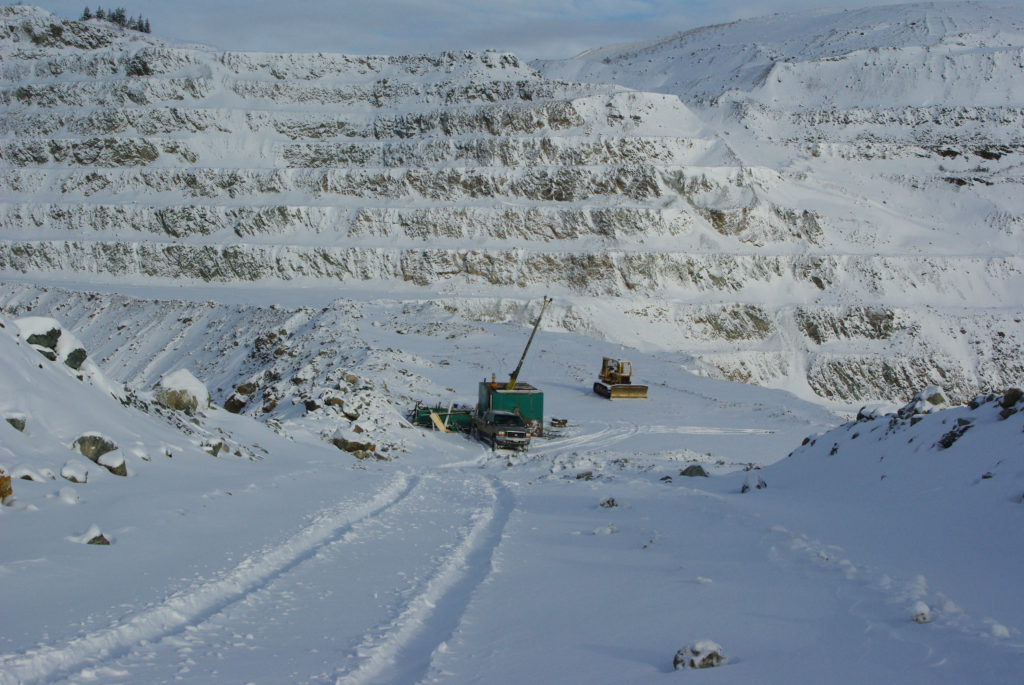By Shreya Jain

© Reuters/COLE BURSTONU
nifor, Canada's largest private sector union, announce their new president in Toronto
TORONTO (Reuters) - Canada's largest private sector labour union, Unifor, elected Lana Payne as president on Wednesday, making her the first woman to lead an organization representing more than 315,000 workers, including in the auto sector.
Payne was previously National Secretary-Treasurer of Unifor, and was the first woman to hold that position as well.
Payne replaces Jerry Dias, who retired after eight-and-a-half years as president in March.
Unifor was formed in 2013 from the merger of the Canadian Auto Workers union and the Communications, Energy and Paperworkers Union of Canada.
(Reporting by Shreya Jain,; Additional reporting by Allison Lampert and John Stonestreet)
TORONTO (Reuters) - Canada's largest private sector labour union, Unifor, elected Lana Payne as president on Wednesday, making her the first woman to lead an organization representing more than 315,000 workers, including in the auto sector.
Payne was previously National Secretary-Treasurer of Unifor, and was the first woman to hold that position as well.
Payne replaces Jerry Dias, who retired after eight-and-a-half years as president in March.
Unifor was formed in 2013 from the merger of the Canadian Auto Workers union and the Communications, Energy and Paperworkers Union of Canada.
(Reporting by Shreya Jain,; Additional reporting by Allison Lampert and John Stonestreet)
